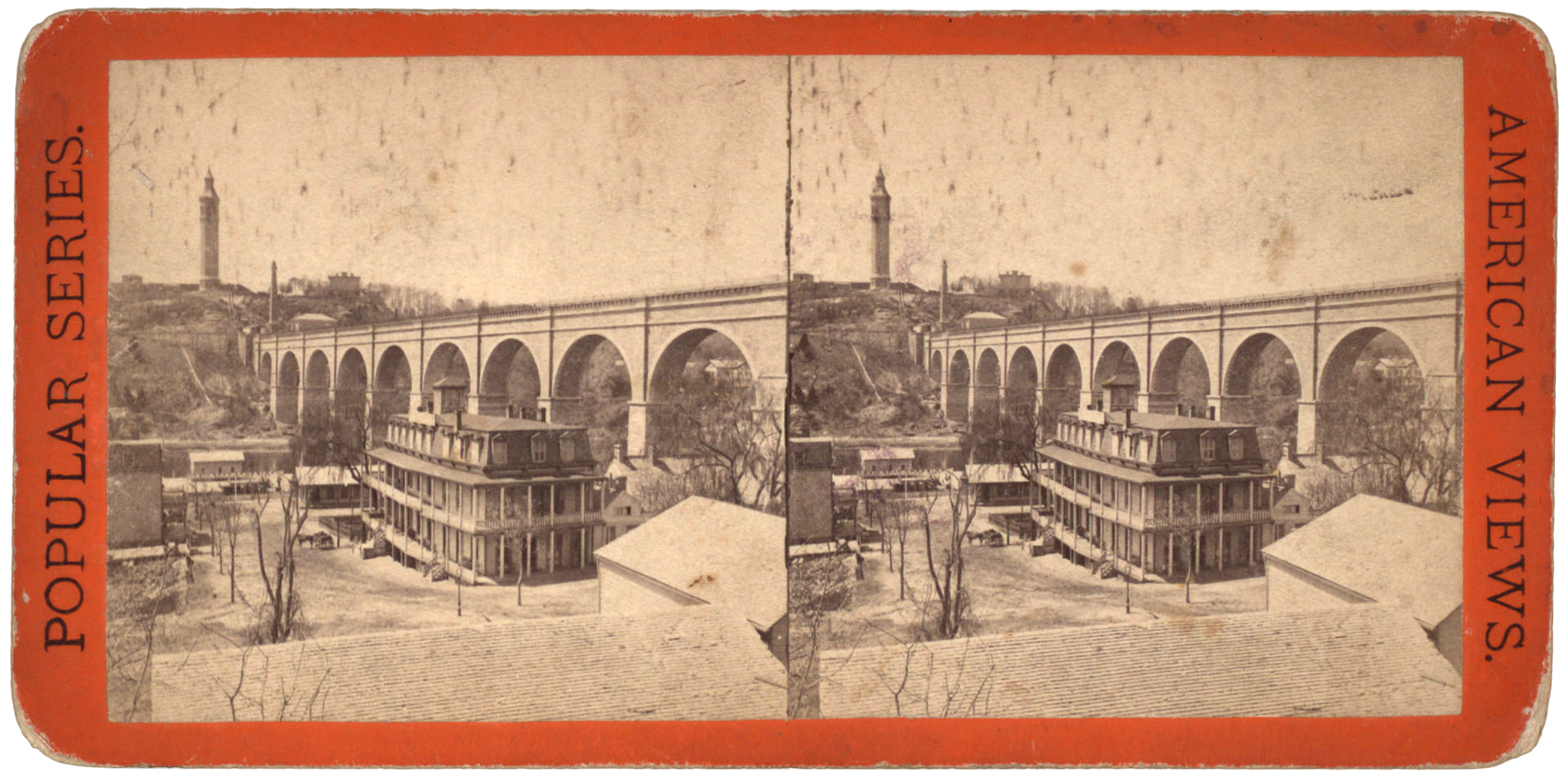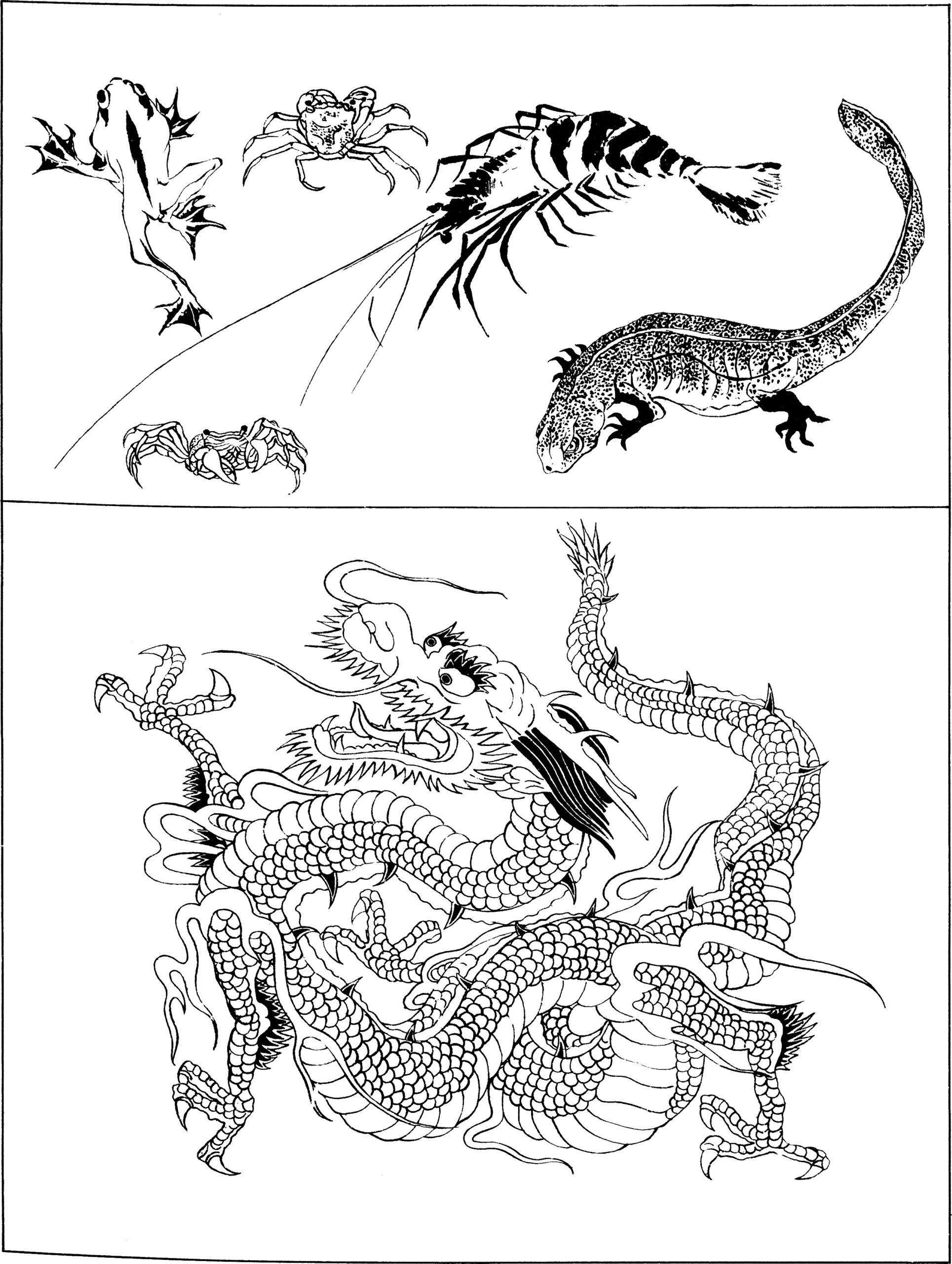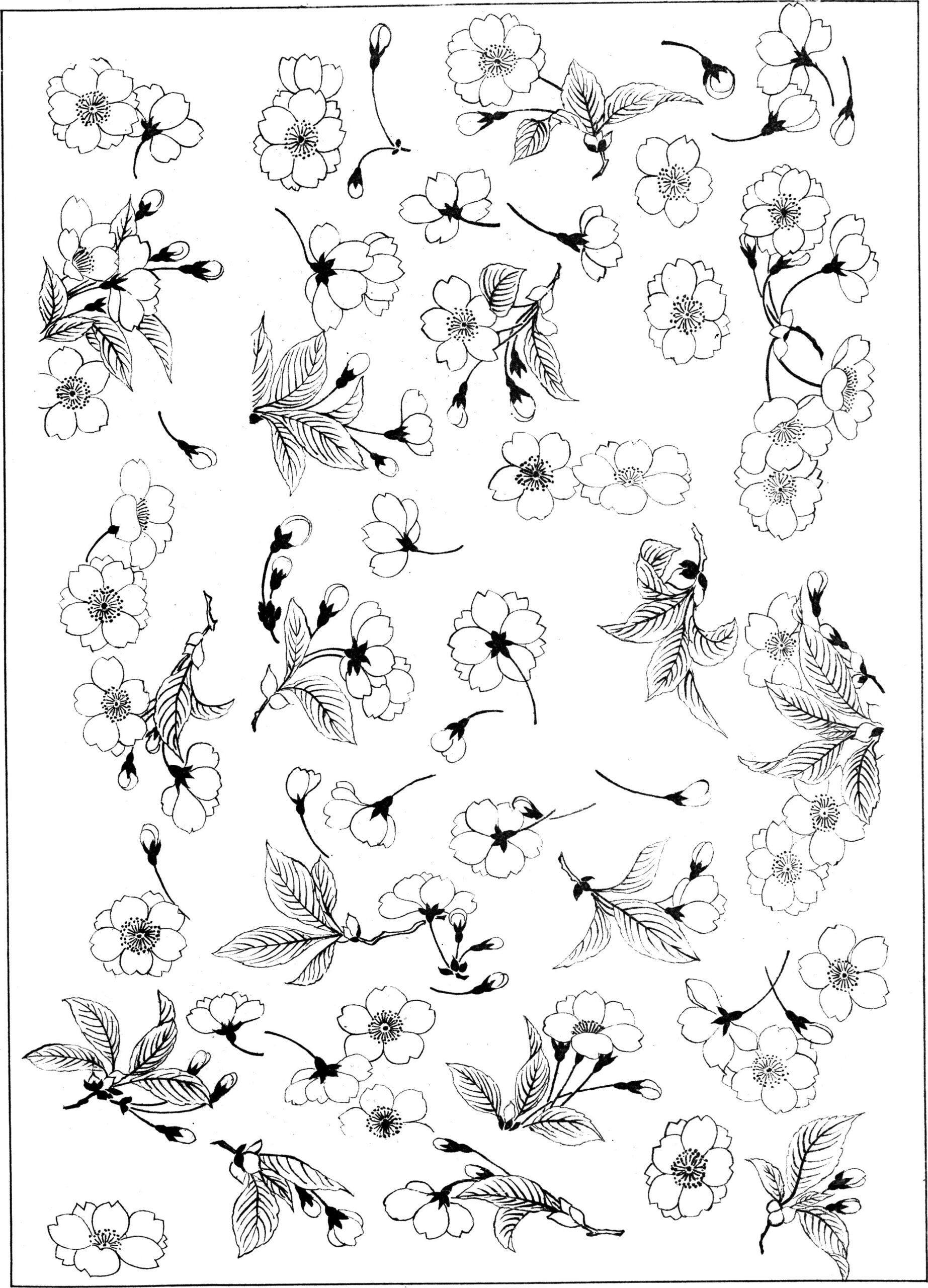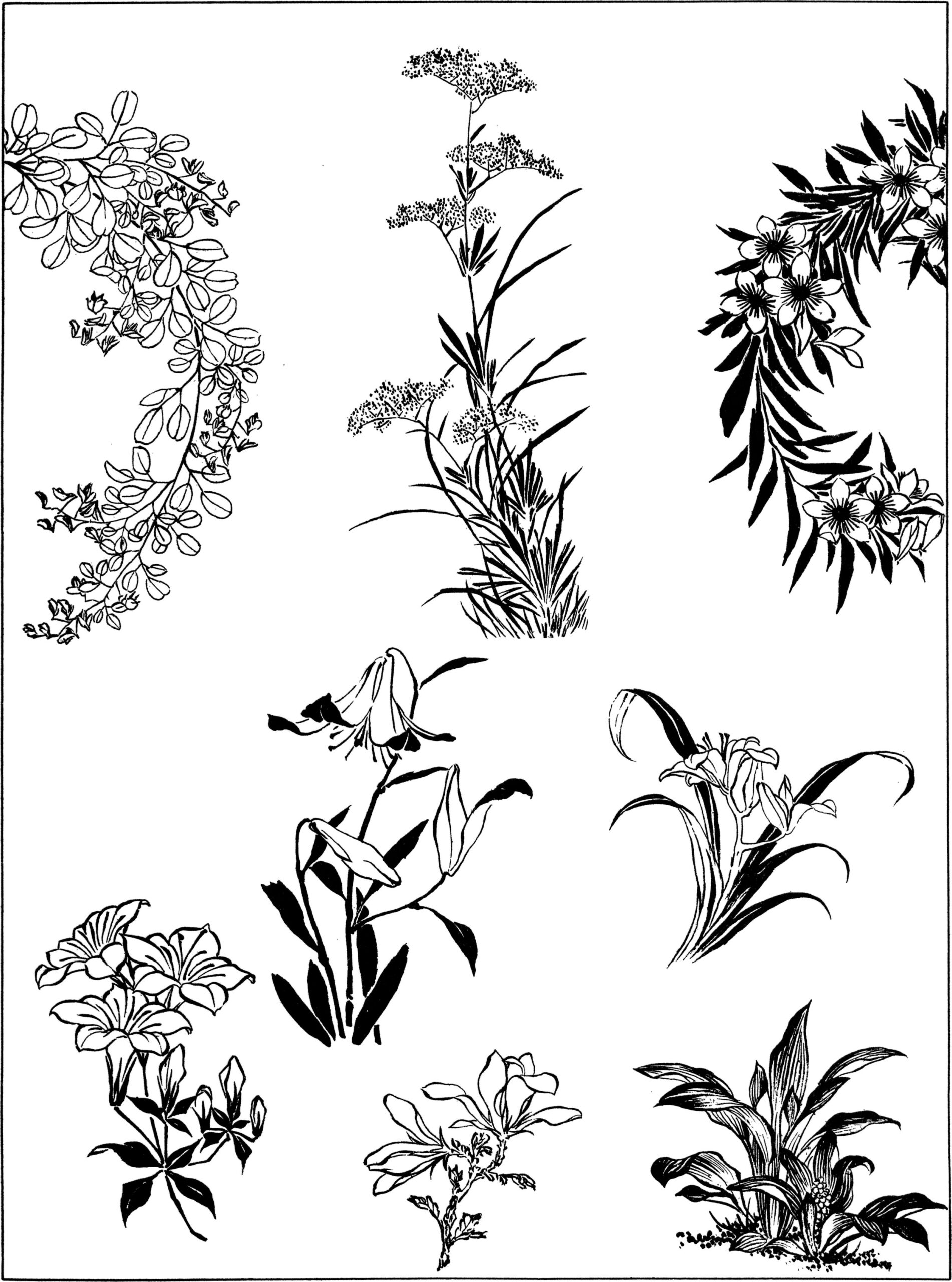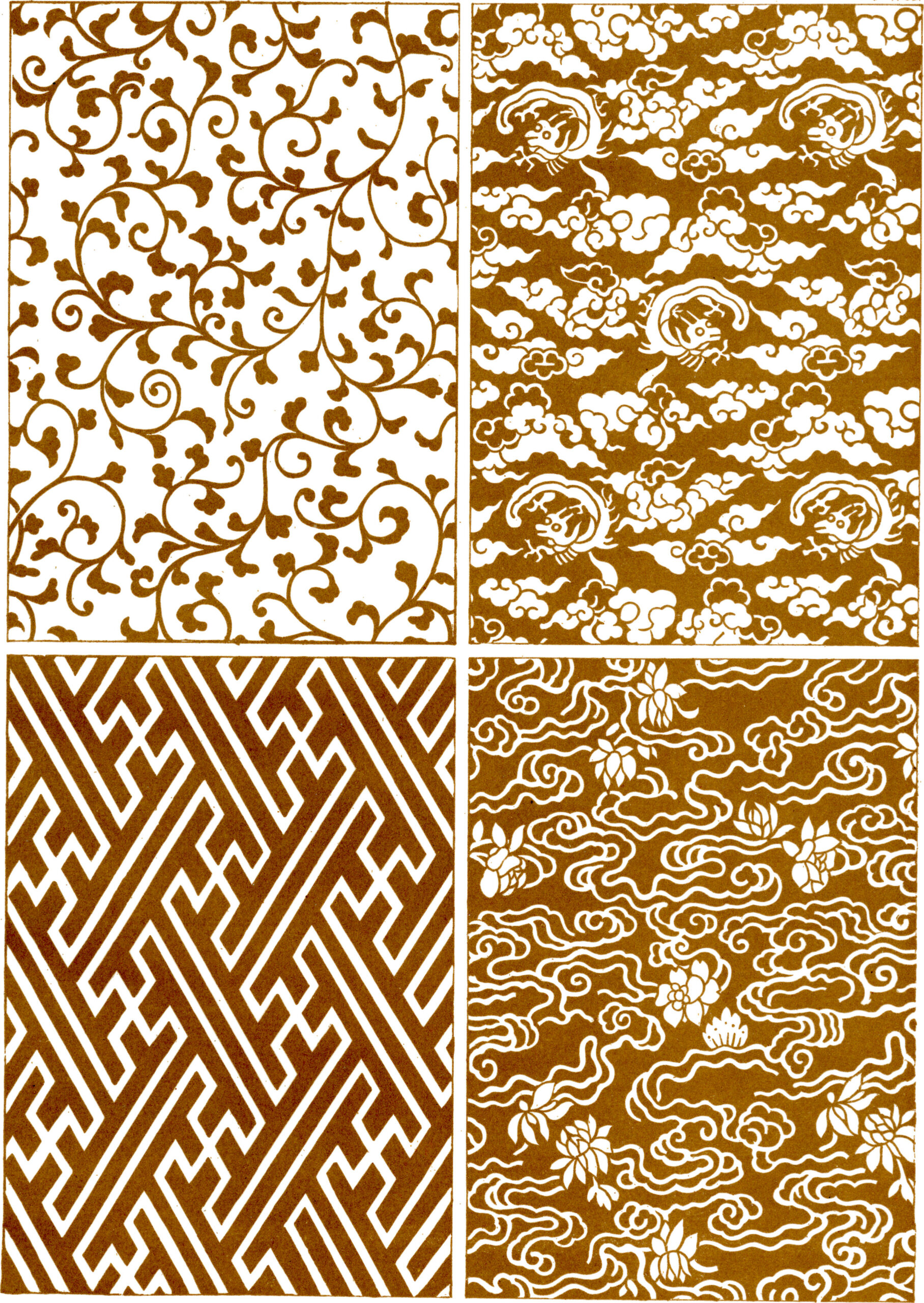Its name can be squeezed onto a tea towel, a decorative plate, a magnet, a mug, and other touristic souvenirs, but has the northern Welsh town of Llanfairpwllgwyngyllgogerychwyrndrobwllllantysiliogogogoc been celebrated in song?
Indeed it has. The Great Big Story’s Human Condition episode, above, has vinyl proof, though the tune’s unlikely to give The White Cliffs of Dover, The Bonnie Banks of Loch Lomond, or The Rocky Road To Dublin much of a run for the money.
Still, whichever outside-the-box Victorian thinker had the bright idea to attract tourists by expanding the village’s original name — Pwllgwyngyll — by 46 letters was onto something.
Turns out you don’t need natural wonders or world-renowned cultural attractions to stake a claim, when out-of-towners will make the trip just to take photos of the local signage.

Image by Adraio, via Wikimedia Commons
Village Community Council Chairman Alun Mummery attributes the name-lengthening publicity stunt in 1869 to a local cobbler.
Or perhaps he was a tailor. That’s what poet John Morris-Jones, author of 1913’s A Welsh Grammar, Historical and Comparative, maintained, while refusing to outright identify this clever civic booster.
Wikipedia throws doubt on these origin stories by citing an entry in an ecclesiastical directory published a few years prior to 1869, which gave the full parish name as “Llanfairpwllgwyngyllgogerbwlltysiliogogo.”
(Close enough!)
Someone in the tourist information office told travel writer Dave Fox that it translates to “St. Mary’s Church in the hollow of white hazel near a rapid whirlpool and the Church of St. Tysilio near the red cave.”
It’s tempting to think this little Welsh town has the longest name in the world, but that honor actually goes to Bangkok.
Wait, what?
The name by which most foreigners know Thailand’s capital city is actually an archaic reference to its pre-1782 location.
Thai people call their capital Krung Thep — short for Krungthepmahanakornamornratanakosinmahintarayutthayamahadilokphopnopparatrajathaniburiromudomrajaniwesmahasatharnamornphimarnavatarnsathitsakkattiyavisanukamprasit.
It means “City of angels, great city of immortals, magnificent city of the nine gems, seat of the king, city of royal palaces, home of gods incarnate, erected by Vishvakarman at Indra’s behest” and looks like this, when written in Thai script:
กรุงเทพมหานคร อมรรัตนโกสินทร์ มหินทรายุธยามหาดิลก ภพนพรัตน์ ราชธานีบุรีรมย์ อุดมราชนิเวศน์ มหาสถาน อมรพิมาน อวตารสถิต สักกะทัตติยะ วิษณุกรรมประสิทธิ์
Llanfairpwllgwyngyllgogerychwyrndrobwllllantysiliogogogochians still get to brag that they have the longest town name in Europe.
Their football club, Clwb Pêl Droed Llanfairpwllgwyngyllgogerychwyrndrobwllllantysiliogogogoch Football Club — CPD Llanfairpwll FC for short — might well be the longest named football club in the world if it weren’t for that damn Amon Rattanakosin Krung Thep Mahanakhon Mahinthara Mahadilok Phop Noppharat Ratchathani Ayuthaya Burirom Udomratchaniwet Mahasathan Amon Piman Awatan Sathit Sakkathattiya Witsanukam Prasit Bravo Association Football Club (aka Bangkok Bravo FC).
Some of the fun of living in a town with such a cumbersome name must be amazing tourists by how casually it rolls off local tongues.
Pub owner Kevin Bryant obliges visitors from The Great Big Story by downing a pint on camera before rapping it out.
Anything for the local economy!
Llanfairpwllgwyngyllgogerychwyrndrobwllllantysiliogogogoc also got a boost from mentions on Groucho Marx’s quiz show, You Bet Your Life, in a Bossa Nova-inflected Stephen Sondheim song, and in several films, including 1968’s Barbarella.
As YouTuber Tom Scott points out below, long words are invariably shortened in everyday speech, and place names are no exception.
Postmaster Jim Evans advocates shortening the town name to Llanfairpwllgwyngyll.
When not actively impressing tourists, local people say Llanfairpwll.
Which is still a pretty impressive consonant to vowel ratio.
Related Content
The Medieval City Plan Generator: A Fun Way to Create Your Own Imaginary Medieval Cities
The Atlas of True Names Restores Modern Cities to Their Middle Earth-ish Roots
Fly Through 17th-Century London’s Gritty Streets with Prize-Winning Animations
– Ayun Halliday is the Chief Primatologist of the East Village Inky zine and author, most recently, of Creative, Not Famous: The Small Potato Manifesto and Creative, Not Famous Activity Book. Follow her @AyunHalliday.







